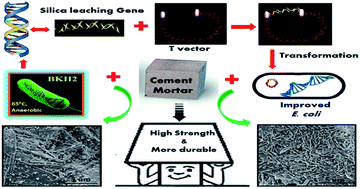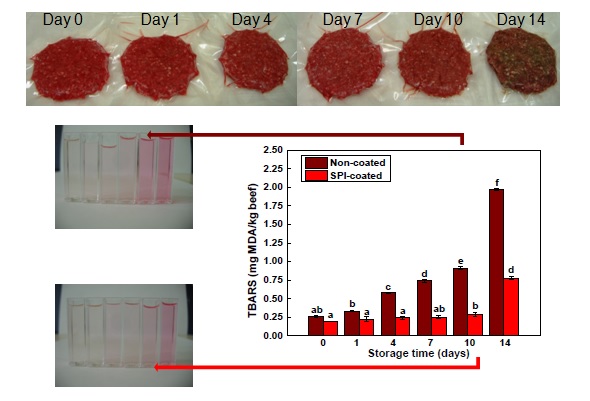Since we launched RSC Advances in 2011, the response from you – our authors and readers – has been overwhelmingly positive. Thanks to you, the journal continues to go from strength to strength, publishing only high quality work that is well conducted and adds to the development of the field, across the breadth of the chemical sciences.
So, we are excited to tell you that – to support this success and our commitment to publishing high-quality research, and to ensure we continue to provide the standard of author service you expect – RSC Advances will shortly be adopting a new Associate Editor peer review process.
What does an Associate Editor peer review process mean?
First and foremost, it means that you can be sure that your work will be in the safe hands of an expert, every step of the way.
Phase 1: Your manuscript will be assigned to an Associate Editor, matching its subject area to the Associate Editor’s knowledge and expertise.
Phase 2: Expertise from an extended Reviewer Panel will be utilised; reviewers will assess your article and submit a report to the Associate Editor. In parallel, the Associate Editor will prepare a report on your paper.
Phase 3: The Associate Editor assigned to your work will make a decision about your manuscript based on both their report and the reviewer’s report.
RSC Advances Editor-in-Chief Mike Ward will continue in his position, helping to guide and develop the journal. Both he and the Editorial Board have provided their full support to the new process, which, in the coming months, will see the appointment of additional Associate Editors, all experts in their field, and an extended specialist Reviewer Panel.
Leading the way in innovation
On launch in 2011, RSC Advances’ sophisticated topic modelling provided users with enhanced browsing, enabling you to search for articles under one or more of 12 main subject categories. This search capability was soon extended by more than 100 additional sub-categories. In November 2013, the capacity to sign up to subject-based alerts, taking you straight to the content that is most relevant to you, again made RSC Advances stand out from the crowd.
Now, the journal is proud to once again be leading the way with an innovative new peer review process that will ensure we continue to publish only quality research, whilst providing the best customer service for our authors.
Submit your article now, and see the benefits for yourself.



















